Film Studies: European Cinema and German Expressionism and Nosferatu.
For our first lecture in European Film studies, we talked about German expressionist cinema, its influence, its context in the country’s history and the techniques and styles used by this movement.
After the First World War Germany was blamed for the outbreak of war and as the defeated, Germany was forced to pay reparations to the allied nations, not only did they suffer a physical defeat, they also suffered a moral one. Germany entered a period of economic crisis with inflation causing turmoil for many. In short, these were dark days for Deutschland. Poverty, corruption and in some cases starvation all had a part to play in the downfall of the former Imperial super-power.
However, the arrival of a more liberal and democratic period in the country’s history had an amazing influence on culture; the time referred to as the Weimar Republic. The German film industry flourished, as did all the arts, sciences and technologies. The UFA (which was one-third state funded) began to produce a number of notable films for example ‘The Cabinet of Dr. Caligari’ (Robert Wiener; 1920) and most famously, the groundbreaking science fiction film ‘Metropolis’ (Fritz Lang; 1927).
The films of this era (1919 – 1931) were supported by unrivalled studio facilities, creativity and freedom were encouraged and were heavily influenced by Expressionist paintings of the period. Distorted imagery expressed psychological and emotional states, a work like ‘The Scream’ by Edvard Munch is a prime example of the source that the new film-makers in Germany were drawing their inspiration from. The dark years of war had affected the country detrimentally; this was expressed in the art of the times which tended to be gothic, scary and rather morbid.
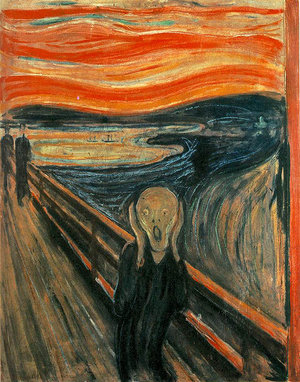
The expressionist films are very theatrical, with painted sets full of geometric shapes and weird angled shots that use an iris lens view, to create a feeling of dream state. The acting styles are very mannered and melodramatic, slow movements accentuating every nuance with an emphasised gesture. The make up is very stark and exaggerated; faces are typically painted white and the eyes are darkened and surrounded in black. The use of chiaroscuro is a defining characteristic of these films which were usually science fiction or horror films where madness and psychological disturbance were recurring themes. Monsters and master criminals were the anti-heroes of the day and the influence of this period in cinema is evident in most of the prestigious films of the last fifty years. George Lucas was heavily influenced by ‘Metropolis’ when creating his little indie movie ‘Star Wars’ and one only has to look at a film like ‘Edward Scissor Hands’ to realise that Tim Burton was inspired by ‘The Cabinet of Dr. Caligari’ and ‘Nosferatu‘.
Directed by Friedrich Wilhelm Murnow and starring the spookiest actor of them all; Max Schreck, the symphony of horror that is ‘Nosferatu’ is a seminal film in the horror genre and is considered to be one of the greatest cinematic achievements ever created. The story is basically ‘Bram Stoker’s Dracula’ with the changing of names and particulars due to the studio’s inability to obtain the rights to the book. The version we watched was a restored release, with the inclusion of a German new wave electro synthesised score – a bit different to the more traditional piano or organ accompaniment. Dark and innovative, ‘Nosferatu’ is a visual treat, the use of shadows and simple special effects give the film a frightening atmosphere that would still scare most people today. Count ‘Orlok’ is played meticulously by Max Schrek, leaving an indelible image on the minds of all who lay their eyes upon him, his make up perfectly embossing his evil, bat-like countenance. As a product of the times, ‘Nosferatu’ is a bench mark in cinema, particularly in the horror genre, the 2000 film; ‘The Shadow of the Vampire’ (starring Willem DeFoe and John Malkovich as Schreck and Murnau respectively) supposes that the actor playing the sinister vampire was himself a vampire, such was his strange behaviour and secretive nature.

By the time the Nazis came along in the 1930s, German cinema became…. well, erm… Nazi. Leni Riefenstahl was hired by Hitler and Goebbels to create propaganda in documentaries such as ‘The Triumph of Will’ (1935) and ‘Olympia’ (1938). At this point, German expressionism was quashed and vanquished in its motherland. Fritz Lang and a few others were wise enough to move to Hollywood during the rise of the fascist powers and continued their work in the service of the tinsel town moguls. Years later it would resurface in the 1960s in a new wave of young expressionists such as Werner Herzog, Wolfgang Petersen and Wim Wenders.
Expressionism is in its essence, art. The expressionist movement in cinema is continually reinventing itself and seeping into the minds of the young directors of today, inspired by such films as Nosferatu et al. This inspirational period in cinema is borne of hard times and suffering and therefore helps to project our fears and displace our anxiety about the ugly and harsher side of life. The imagery of German expressionism is the language of nightmares and disorientation, these themes are ever-present in the modern context and to conclude, there will always be an important place for expressionism to give balance to a medium that is sadly being saturated with generic product.
So, that’s our article on Nosferatu and German Expressionist Cinema
You can read more of our articles here.
Please join us on social media on Facebook, Instagram, Tik Tok and Twitter. We really appreciate all the likes, shares, retweets etc., and we would love to hear from you and continue the wonderful celebration of all things cinema on these platforms.
If you love to watch videos on YouTube, then please subscribe to our channel here. There’s lots of fun and informative videos uploaded that we hope you will enjoy!
We have a passion for movies and aim to produce entertaining and informative movie-related content. It certainly is a lot of hard work, but we love films so much that it’s worth all the effort. We have to keep the lights on and make sure we have plenty of caffeine to keep all of the articles, videos and social media posts coming, so if you like our work, then please consider supporting us at Buy Me A Coffee here. You can also become a More Movies patron on Patreon here.
To help support us here at More Movies, we do use advertising in a few places, so we appreciate it if you do not use AdBlockers on our site, as this helps keep a few pennies trickling in. We also utilise affiliate links throughout the site, usually to help guide our readers to places to stream, rent or buy the movies we talk about. One of the biggest sources for movies online is Amazon Prime Video, where you can stream over 18,000 films. If you are interested in Prime and haven’t signed up yet, you can get a 30-day free trial via this affiliate link, which helps support us too.

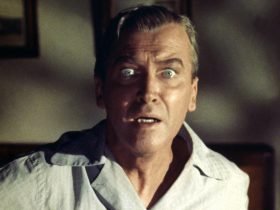
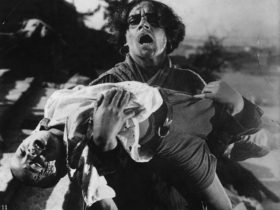
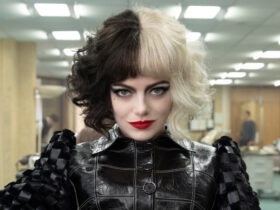
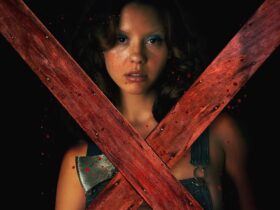
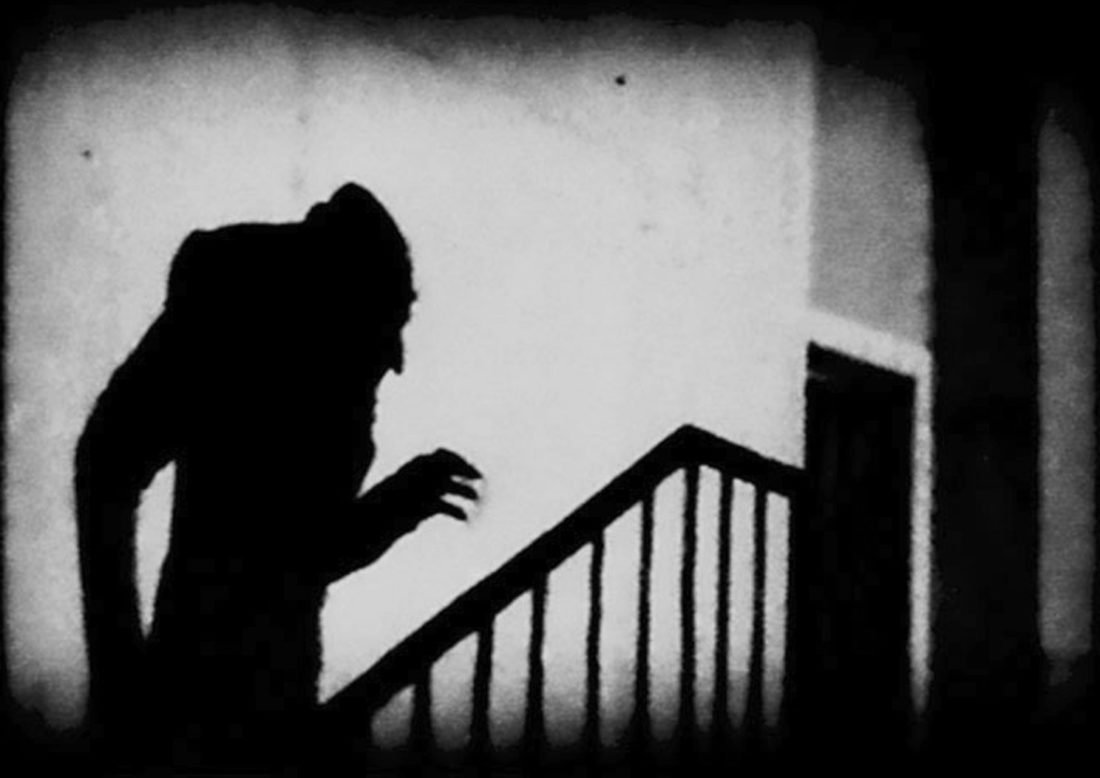
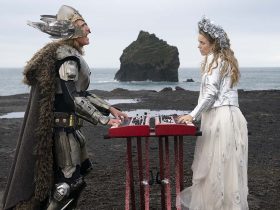

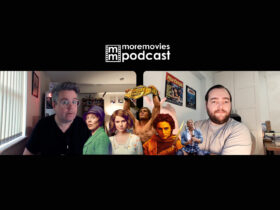
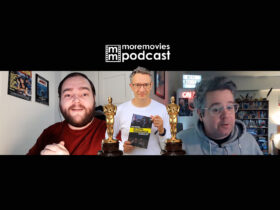
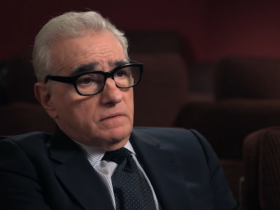
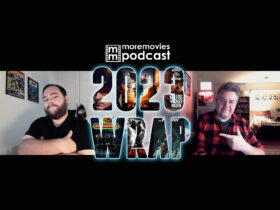
it’s really helpful for my final exam. thanks.
Thanks! Good luck! Please share this blog with others that may find it interesting or of use.